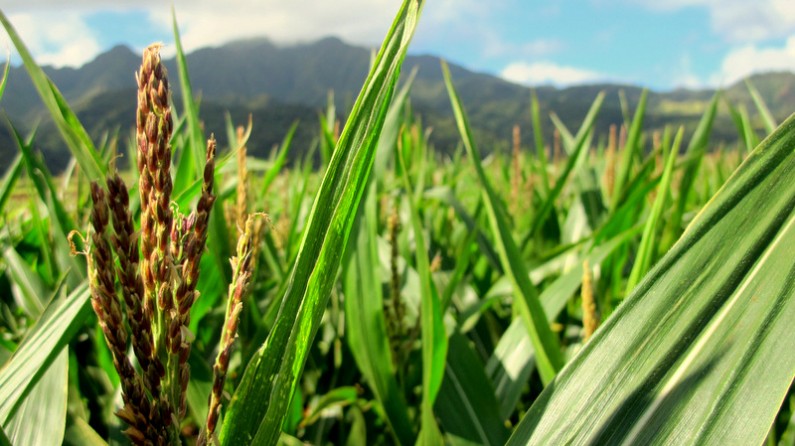
The “farm-to-institution” movement is growing, with federal aid helping to connect local farmers with schools, hospitals, and grocery stores, according to the Associated Press.
In particular, “food hubs”—which serve as middlemen between local food producers and buyers that include restaurants, schools, and markets—are helping to “transform locally grown foods into a bigger business,” by promoting increased sales, availability, and public recognition.
The AP article reads:
Major institutions like [Thomas Jefferson University Hospital in Philadelphia] have long relied on whatever giant food service companies provide, often processed foods that are delivered efficiently and are easy to heat and serve. But with a steady supply of locally grown food from the Common Market food hub, Jefferson now serves vegetables like bok choy and asparagus, creamy yogurts from Amish country and omelets with locally sourced cage-free eggs and spinach.
According to the National Good Food Network’s Food Hub Collaboration, more than 200 food hubs are currently in operation in the U.S.
The U.S. Department of Agriculture announced earlier this year that the 2014 Farm Bill allocates $78 million to support such food hubs, farmers markets, processing and distribution facilities, promotion, and other components of the local food chain. (That amount is still small compared to what the USDA gives to agribusiness crops like corn and soybeans.)
“Consumer demand for locally-produced food is strong and growing, and farmers and ranchers are positioning their businesses to meet that demand,” USDA secretary Tom Vilsack said in May. “As this sector continues to mature, we see aggregation, processing, and distribution enterprises across the local food supply chain growing rapidly.”
This article was originally published on Common Dreams.

